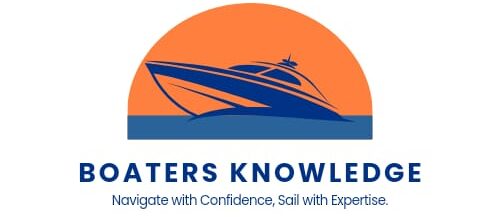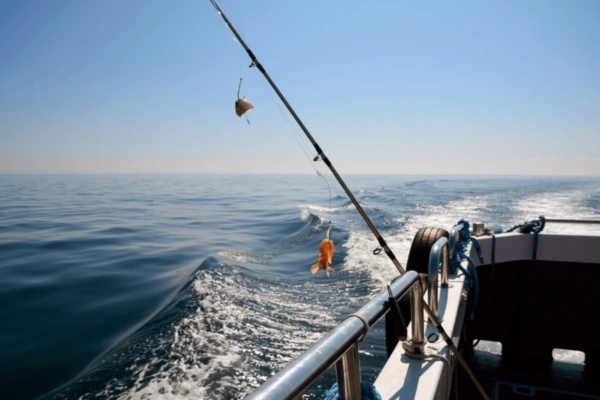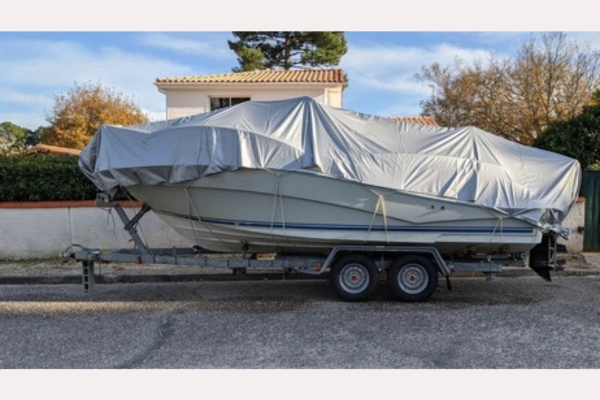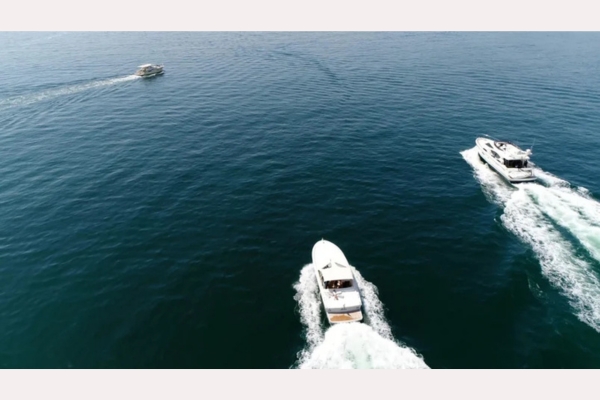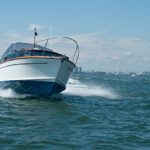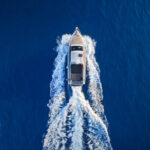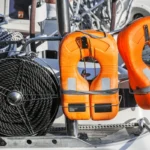Fishing from a boat can be an incredibly rewarding experience, offering access to deeper waters and a wider variety of fish species than shore fishing. However, for beginners, it can also present unique challenges. This guide provides essential tips to help you enjoy a safe, successful, and enjoyable fishing trip from your boat.
Prepare Your Gear and Equipment
Before heading out, it’s important to ensure that you have all the necessary gear and equipment for a productive day on the water. Start by choosing the right fishing rod and reel suited to the type of fish you’re targeting. Research the appropriate bait or lures for the species and location you’re fishing in.
In addition to your fishing gear, make sure you pack a tackle box with essentials like hooks, lines, pliers, and a fishing net. Don’t forget a fish finder or sonar device to locate schools of fish in deeper waters. Ensuring your equipment is in good working order before you set off will save you frustration and maximize your time on the water.
Checklist for Fishing Gear:
- Appropriate rod and reel
- Selection of bait and lures
- Tackle box with hooks, lines, and pliers
- Fishing net and fish finder
Know the Rules and Regulations
Fishing from a boat comes with responsibilities, including understanding and following local fishing regulations. These rules may specify the size and number of fish you’re allowed to keep, as well as designated fishing seasons. Ignorance of these regulations can result in fines or penalties, so it’s worth taking the time to familiarize yourself with them.
Make sure you obtain the necessary fishing license for your region. Many states and provinces offer digital licenses that can be easily accessed on your smartphone. Staying informed and compliant not only helps you avoid legal issues but also contributes to sustainable fishing practices.
Checklist for Compliance:
- Obtain a valid fishing license
- Review local fishing regulations
- Understand size and catch limits
- Follow seasonal restrictions
Practice Safety First
Safety should always be a top priority when fishing from a boat. Start by ensuring that your vessel is equipped with essential safety equipment, including life jackets for all passengers, a first-aid kit, a fire extinguisher, and signaling devices such as flares or a horn. Always check the weather forecast before setting out and avoid fishing in conditions that could compromise your safety.
Additionally, it’s crucial to let someone onshore know your trip plan, including your expected return time. This simple precaution can make a big difference in the event of an emergency. Finally, stay hydrated and protect yourself from the sun with sunscreen, sunglasses, and a hat.
Safety Checklist:
- Wear life jackets
- Pack a first-aid kit and fire extinguisher
- Inform someone of your trip plan
- Monitor weather conditions
Choose the Right Spot
Selecting the right location to fish is key to a successful trip. Use your fish finder or sonar device to identify areas where fish are likely to gather, such as underwater structures, drop-offs, or weed beds. Researching the habits and habitats of your target fish can also guide you to the best spots.
Patience is important, as finding the perfect location may take time. If you’re not having any luck in one area, don’t hesitate to move to a different spot. Learning to read the water and observe environmental cues, such as bird activity, can significantly increase your chances of success.
Tips for Choosing a Spot:
- Use a fish finder or sonar
- Look for underwater structures and drop-offs
- Observe bird activity as an indicator of fish
- Be willing to relocate if needed
Master Basic Casting Techniques
Casting your line effectively is a fundamental skill for any angler. For beginners, it’s essential to practice your casting technique in a controlled environment, such as your backyard or a quiet dock, before attempting it on the boat.
When fishing from a boat, pay attention to the wind and current, as these factors can affect your casting accuracy. Aim for areas where fish are likely to be hiding, such as near vegetation or submerged structures. With practice, your casting will become more precise, increasing your chances of a successful catch.
Checklist for Casting:
- Practice in a controlled environment
- Account for wind and current
- Aim for high-activity areas like vegetation
- Use the right bait for your target fish
Practice Catch and Release
Catch and release is an important practice for preserving fish populations and ensuring future generations can enjoy fishing. When releasing a fish, handle it as little as possible and always wet your hands before touching it to avoid damaging its protective slime layer.
Use barbless hooks to make the release process easier and quicker. If the fish is deeply hooked, use a dehooking tool to minimize injury. Allow the fish to recover in the water before letting it swim away. Practicing ethical fishing ensures that you’re contributing to the health and sustainability of aquatic ecosystems.
Tips for Catch and Release:
- Handle fish gently with wet hands
- Use barbless hooks
- Employ a dehooking tool for deeply hooked fish
- Allow the fish to recover before release
Looking for the Best Boating Deals?
Looking for the best boating deals in Florida? Fly Yachts is your trusted partner for finding the perfect boat. With a wide selection of new and pre-owned boats, expert guidance, and unparalleled customer service, Fly Yachts is here to elevate your boating experience.
Fly Yachts
www.flyyachts.com
Contact Number: 954-633-4878
Address: 130 SE 29th Street, Fort Lauderdale, Florida 33301
